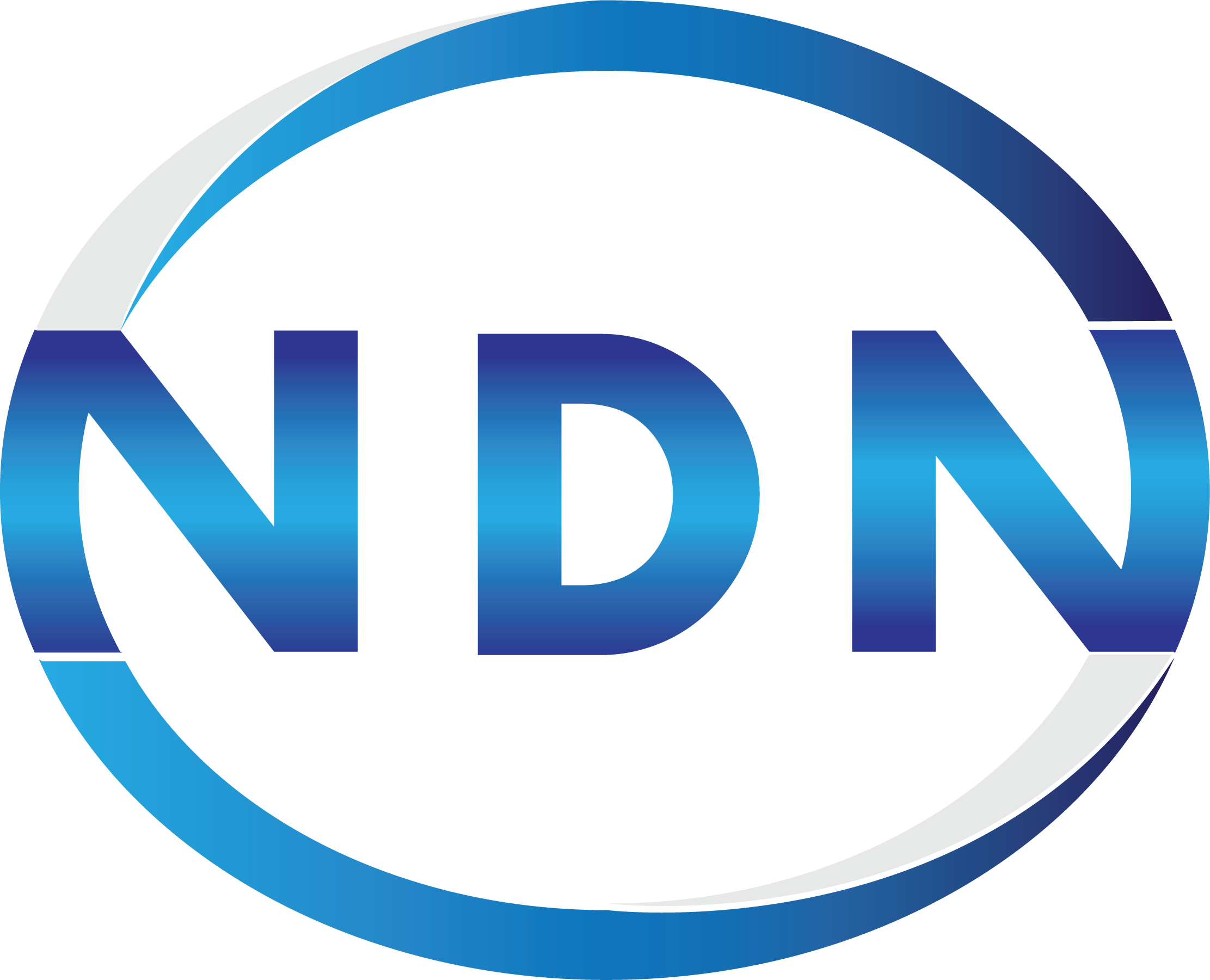Clothoff: The Future of Undressing Anyone with AI
In the rapidly evolving landscape of artificial intelligence, one of the most intriguing applications is the concept of “undressing” anyone using AI technology. Clothoff has emerged as a leading platform that harnesses the power of AI to create realistic and sophisticated simulations of clothing removal. In this article, we will explore the technology behind Clothoff, its ethical implications, and its potential applications in various industries.
The Technology Behind Clothoff
Clothoff leverages advanced machine learning algorithms and computer vision techniques to analyze images and generate realistic representations of individuals in various states of dress. The core components of this technology include:
-
Deep Learning Models
-
Image Processing Techniques
-
User Interface
Clothoff utilizes deep learning models trained on vast datasets of human images. These models learn to identify clothing patterns, textures, and styles, enabling them to accurately simulate the appearance of undressing.
Advanced image processing techniques allow Clothoff to manipulate digital images seamlessly. This includes the ability to remove clothing while preserving the integrity of the underlying body structure.
The platform features an intuitive user interface that makes it easy for users to generate simulations. With just a few clicks, individuals can create personalized experiences that align with their creative visions.
Ethical Implications of Clothoff
As with any emerging technology, the use of AI to undress individuals raises significant ethical concerns. It is critical to address these implications to ensure responsible cloth off ai promo code use of Clothoff:
-
Consent
-
Privacy
-
Misuse of Technology
One of the foremost ethical considerations is the issue of consent. Clothoff must prioritize user consent, ensuring that individuals depicted in the simulations have given explicit permission for their images to be used.
Privacy is another major concern. Clothoff should implement robust security measures to protect user data and prevent unauthorized access to sensitive images.
There is a risk of misuse, such as creating non-consensual content or using the technology for malicious purposes. Clothoff must establish strict guidelines and monitoring to mitigate these risks.
Applications of Clothoff
The potential applications of Clothoff are vast and varied, spanning multiple industries. Here are some areas where this technology can be particularly beneficial:
-
Fashion Industry
-
Entertainment and Media
-
Art and Creativity
-
Virtual Reality and Gaming
Clothoff can revolutionize the fashion industry by allowing designers to create virtual fitting rooms. Customers can visualize how clothing would look on them without physically trying it on, enhancing the online shopping experience.
In the entertainment sector, Clothoff can be used in film and television for costume design and character development. It enables creators to experiment with various looks and styles before finalizing designs.
Artists can leverage Clothoff as a tool for creative expression, allowing them to explore different concepts and ideas in their work through digital manipulation of images.
In virtual reality and gaming, Clothoff can enhance user experiences by providing customizable avatars that reflect players’ preferences, including clothing choices.
Challenges and Limitations
While Clothoff presents exciting possibilities, it also faces challenges and limitations that must be acknowledged:
-
Technological Limitations
-
Legal Framework
-
Public Perception
The accuracy of AI-generated simulations can vary, and there may be instances where the results do not meet user expectations. Continuous improvement of the underlying algorithms is necessary for optimal performance.
As AI technology evolves, legal frameworks surrounding its use must also adapt. Clothoff must navigate complex legal landscapes to ensure compliance with laws regarding intellectual property and personal privacy.
Public perception of AI technologies can impact adoption rates. Clothoff must work to build trust with users by promoting transparency and ethical practices.
The Future of Clothoff
As AI technology continues to advance, the future of Clothoff looks promising. With ongoing research and development, we can expect to see improvements in the realism and accuracy of the simulations. Additionally, as society grapples with the ethical implications, Clothoff has the opportunity to lead the way in responsible AI use.
Conclusion
Clothoff represents a groundbreaking innovation that showcases the potential of AI in creative and practical applications. While there are ethical concerns and challenges to address, the technology offers exciting opportunities across various industries. By prioritizing consent, privacy, and responsible usage, Clothoff can pave the way for a future where AI enhances our creative capabilities without compromising ethical standards.

No responses yet